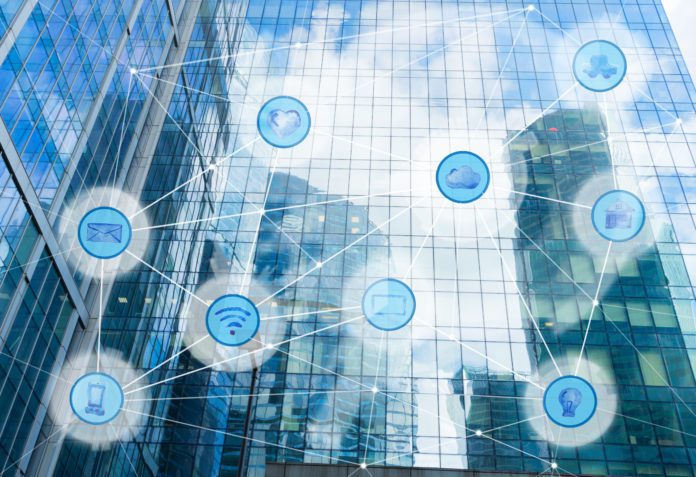The adoption of technologies enabling smart buildings has experienced an acceleration due to the COVID-19 pandemic, Owen Kell, senior researcher at Swedish smart building consultancy firm Memoori Research, told In-Building Tech.
?While we have seen the emergence of a number of brand new, COVID-specific use cases ? such as social distance monitoring and management and mask compliance ? for these kinds of technologies over the course of the pandemic, the majority of applications and IoT adoption trends we see in the smart buildings market were already present prior to COVID. The difference is that interest in, and adoption of, certain technologies has been supercharged as a direct result of the pandemic,? the analyst said.
This is particularly the case for technologies and offerings related to areas including remote building management, flexible working, occupancy analytics and AI-powered biometrics or contactless solutions, Kell added.
?Prior to the pandemic, various applications that helped to deliver and maintain ?wellness,? through the monitoring and improved control of metrics including indoor air quality, temperature, air flow etc. were already being explored and adopted by more progressive CRE operators as a differentiator. Again, interest in and adoption of these kinds of technologies and approaches has been rapidly accelerated by the pandemic. Virtually every company that we monitor in the smart buildings space has adapted, evolved or rebranded their offerings in light of the pandemic. A major trend we?ve noted over the past six months in particular is the emergence of a variety of ?return to work? or ?back to work? solutions. These typically include the integration of a variety of tools and analytics designed to help building owners and operators adapt to new behaviors and tenant expectations brought about the pandemic.?
Kell said that these include tools to better understand and report on space occupancy and usage patterns going forward, tools to assist with space planning and leasing management, tools to actively monitor and control occupancy and maintain social distancing, video analytics tools that facilitate monitoring of social distancing and mask compliance, thermal cameras deployed to provide fever screening and analytics and control features that optimize HVAC conditions to minimize the risk of virus spread.
?We estimate that investments in smart building technologies over the course of 2020 were adversely affected, due to a combination of budgetary constraints, limited site access for contractors, and in some market verticals a pure focus on revenue generation activities for business survival. This being said, companies with prior pre-requisite investments in underlying IoT technology hardware proved much more adaptable and resilient to the business disruptions caused by COVID. The ability to remotely monitor and control site access and building systems operations helped maintain security and minimize operational costs even while the majority of workers were forced to work remotely. A desire to improve long-term competitiveness, resilience and productivity should help spur continued investment in the field,? the analyst added.
?Beyond COVID-19, corporate commitment to ESG is also rising up the agenda, and continued tech investments will be required to improve and effectively report on their performance in this regard,? Kell said.
RCR Wireless News recently published a report dubbed ‘Smarter buildings are safer buildings: Tenant safety as an amenity’. Go to this link to have full access to the report.

